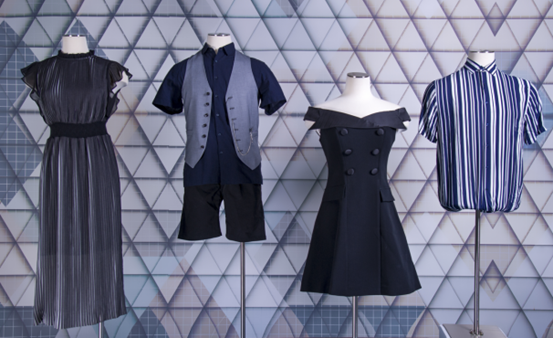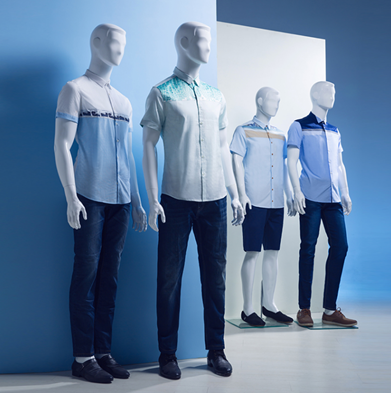The mannequin's main function in the window design is to break free from the limitations of the initial one-dimensional plane by presenting the clothing wearing effect in three dimensions. It may also completely exhibit the appropriate situations for apparel, including those related to work, play, dating, and so forth.
The visual display of items must be appealing and captivating in order to be known to have a substantial effect on sales. Customers may only be drawn in and convinced to purchase the product in this manner.

It is vital to consider brand positioning, brand image, and product details when selecting a window model. Models should be chosen based on their gender, size, and shape. Model props for men, women, and children, as well as full-body, headless, upper and lower body, seated, standing, partial, and other models, are among the most frequent forms. It can also be separated based on factors including hairstyle, posture, and head shape.
Every window design ought to have a central feature. This is the focal point of your exhibit and typically the primary item on show. There are too many aspects that are inexpressible, which draws too much attention. Allow folks to not quickly get the idea. The primary product that is on display must remain be the center of the customer's attention, even if you employ other props as a focal point.
Using mannequins to display window products is now the simplest and cheapest marketing method. A smart store manager will create different scenes based on mannequins in different poses so that the mannequins can suit the clothing theme and achieve an eye-catching effect.







